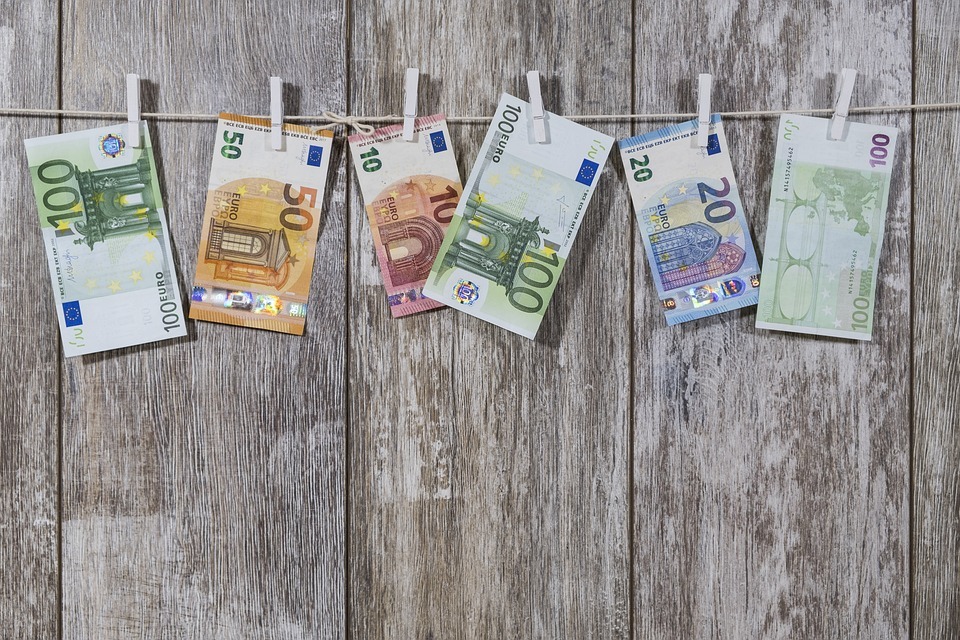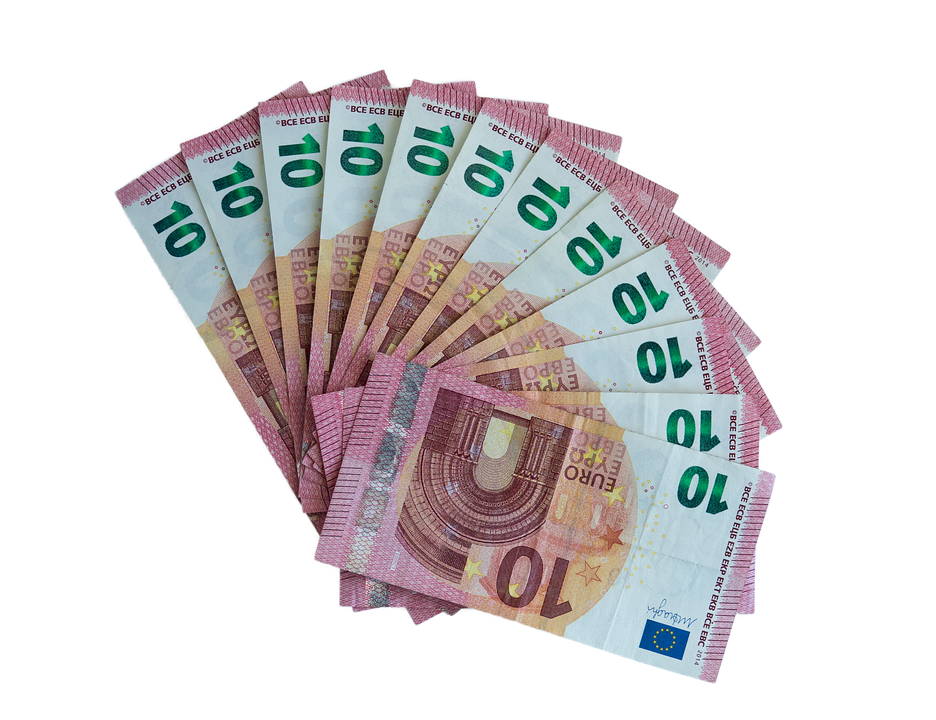What Matters for the Euro: A Fundamental Approach
The early years 2000 brought to life the introduction of the Euro – the common currency for nineteen countries now members of the European Union. Since its debut, the Forex dashboard changed dramatically, and Forex trading too.
Retail traders wouldn’t know that, as Forex trading as we know it today didn’t exist. At that time, few brokers allowed retail traders access to the interbank market and the ones that did charged high fees and commissions.
Before the Euro, each European country now part of the Eurozone, had its own currency:
- France – the French Franc
- Spain – the Spanish Pesetas
- Germany – the Deutsche Mark, and so on.
With the introduction of Euro, the ECB (European Central Bank), its guardian, went where no-one succeeded before. Throughout history, no monetary union survived the test of time. Will Euro survive?
The European project appeared from the need to stem conflicts among European nations, as well as to create an entity to rival other economic powerhouses.
With the United States, China and Russia fighting for economic hegemony, Europeans envisioned the European Union to unify over five hundred million people under the same aspirations.
In return, Europe gained leverage power in negotiations with its archrivals. It signed treaties with nations around the world under conditions impossible to dream of before. Nowadays, the so-called “European single-market” is one market everyone wants to be part of.
While the Euro isn’t the currency for all countries that are members of the European Union (e.g., Romania, Bulgaria, Croatia, the Czech Republic, etc., still have their own currency), the leading European economies embraced it wholeheartedly.
Despite recent scandals, with the Greek, Spanish, Portugal and Italian economies suffering the most during the financial crisis, the Euro survived. Not only has it survived, but the Eurozone economies have strengthened and now rival with the world’s superpowers.
Moreover, the Brexit vote in the United Kingdom, instead of weakening the European sentiment, had the opposite effect. The support for Euro and the European Union sits at record highs among its members.

Euro in Forex Trading
While not the world’s reserve currency like the U.S. Dollar, the Euro is the second most important currency. Together with the U.S. Dollar, the Euro forms the most liquid and important currency pair in the dashboard: the EURUSD.
Retail traders enjoy the Euro pairs as they have enough volatility to satisfy all trading styles (scalping, swing trading and even investing). On top of that, the ECB’s transparency and guidance make fundamental analysis predictable and easy to interpret.
Yet, some things matter more than others. And, for Euro, it all starts with the ECB.

ECB Press Conferences
The ECB meets every six weeks to decide on the faith of interest rates. At every meeting, the central bank decides on three interest rates, but the rate announcement doesn’t move the markets.
The reason for that comes from the already mentioned ECB communication. Rarely we’ve seen a surprise rate hike or cut from the ECB.
However, forty-five minutes after the rate announcement, the President and Vice-President of the ECB hold a press conference. That’s more important than the actual interest rate announcement.
Press representatives from all around the world ask questions about the Eurozone economic situation and the ECB’s intentions. The Euro swings dramatically, taking even the most experienced traders by surprise.
No other economic event in Forex trading matters for the Euro as the ECB press conference does. It is then when the ECB announces new measures and hints at the changes in the future monetary policy.
Inflation
Like in the case of any currency, inflation or the Consumer Price Index (CPI) plays a crucial role. Central banks around the world have a mandate that revolves around inflation. ECB is no different.
In fact, that’s what the ECB strives for: to keep inflation below or close to two percent. As a result, price stability is granted.
By now, you should know Forex trading is all about the interest rate levels and the central banks’ actions to bring inflation to target. When inflation deviates from the desired level (1.8% - 2.2%), the ECB engages in:
- Monetary tightening – raising the interest rate level with higher inflation
- -Monetary easing – cutting the interest rate level with lower inflation
The key is to find the balance between the pace of inflation rising/falling, and the pace of hiking/cutting the interest rates. Ever wondered why we talk about interest rates and not interest rate?
Few traders know there are three interest rates to decide on at each ECB meeting. We won’t go into more details at this stage in the Trading Academy, but you should know that all three contribute to the easing or tightening conditions.
According to the mandate, the ECB monitors the HICP inflation. The HICP acronym stands for Harmonized Index of Consumer Prices, and it comes out monthly.
Fluctuations from the forecasted number result in the Euro moving all over the Forex dashboard. However, the ECB focuses more on the Core inflation (change in prices of goods and services, except transportation, food and energy prices).

Just like the Fed in the United States, the ECB considers energy and food prices too volatile. Hence, the core values show a more accurate picture.
Because of that, the reaction surrounding the HICP release in the Eurozone differs. If the core inflation doesn’t deviate much, the initial HICP reaction will fade. This is just one of the many Forex trading tricks traders must know!
PMI’s
In any economy, the PMI’s or the Purchasing Managers Indexes offer an earlier hint about the state of an economic sector. For the Eurozone, two PMI’s cover the two sectors that define an economy: services and manufacturing.
While for the United States and the United Kingdom, the services sector is more relevant (they are both service-based economies), in the Eurozone it is a mixed situation. Services do play a vital role in the Eurozone, but the manufacturing sector too.

Therefore, traders monitor changes in both releases, especially for countries considered the Eurozone “engine” (e.g., Germany and France).
In Forex trading, the PMI’s give traders a reason to buy or sell the Euro ahead of the next ECB meeting. Interpreted against the 50 level, a PMI of 46 or 49 shows contraction, while one above the 50 level shows an expanding economic sector.
If, for example, the German PMI Services index falls below 50, it indicates a contraction of the most important economic sector that belongs to the most prominent Eurozone economy. The natural assumption implies the same will happen in other economies throughout the Eurozone.
Because Forex trading is a game of expectations, traders will sell the Euro, expecting dovish ECB statements and monetary easing.
Conclusion
It may come as a surprise, but that’s what matters for the Euro the most. While in the United States the job related data plays a crucial role in the dollar’s volatility and value, the unemployment rate and other job related numbers don’t move the Euro much.
In sharp contrast with the Fed, the ECB mandate deals only with inflation. Hence, that’s where the focus should be for anyone involved in Forex trading.
Other pieces of economic data only come to complement the picture. The GDP (Gross Domestic Product) is one of them, the Retail Sales another.
But even deviations from levels considered as normal, won’t move the Euro much. What matters for the Euro comes from the ECB (press conference, staff projections) and from the HICP and Core Inflation levels.


